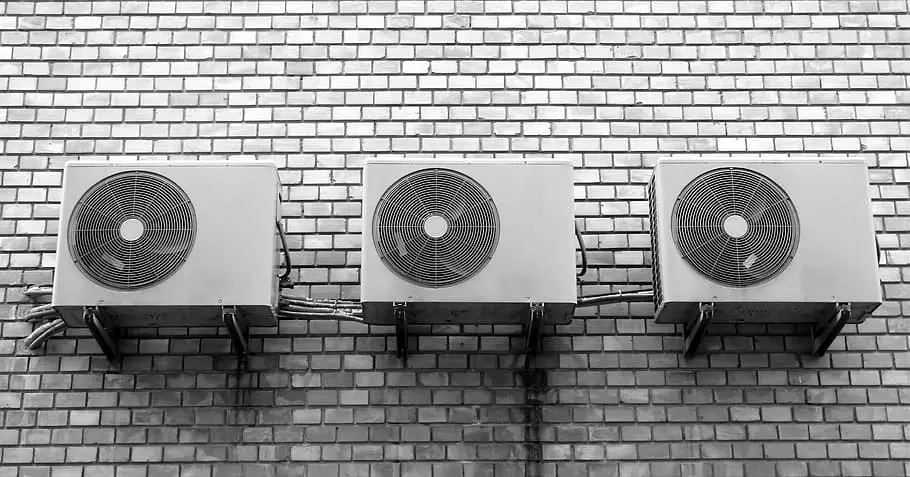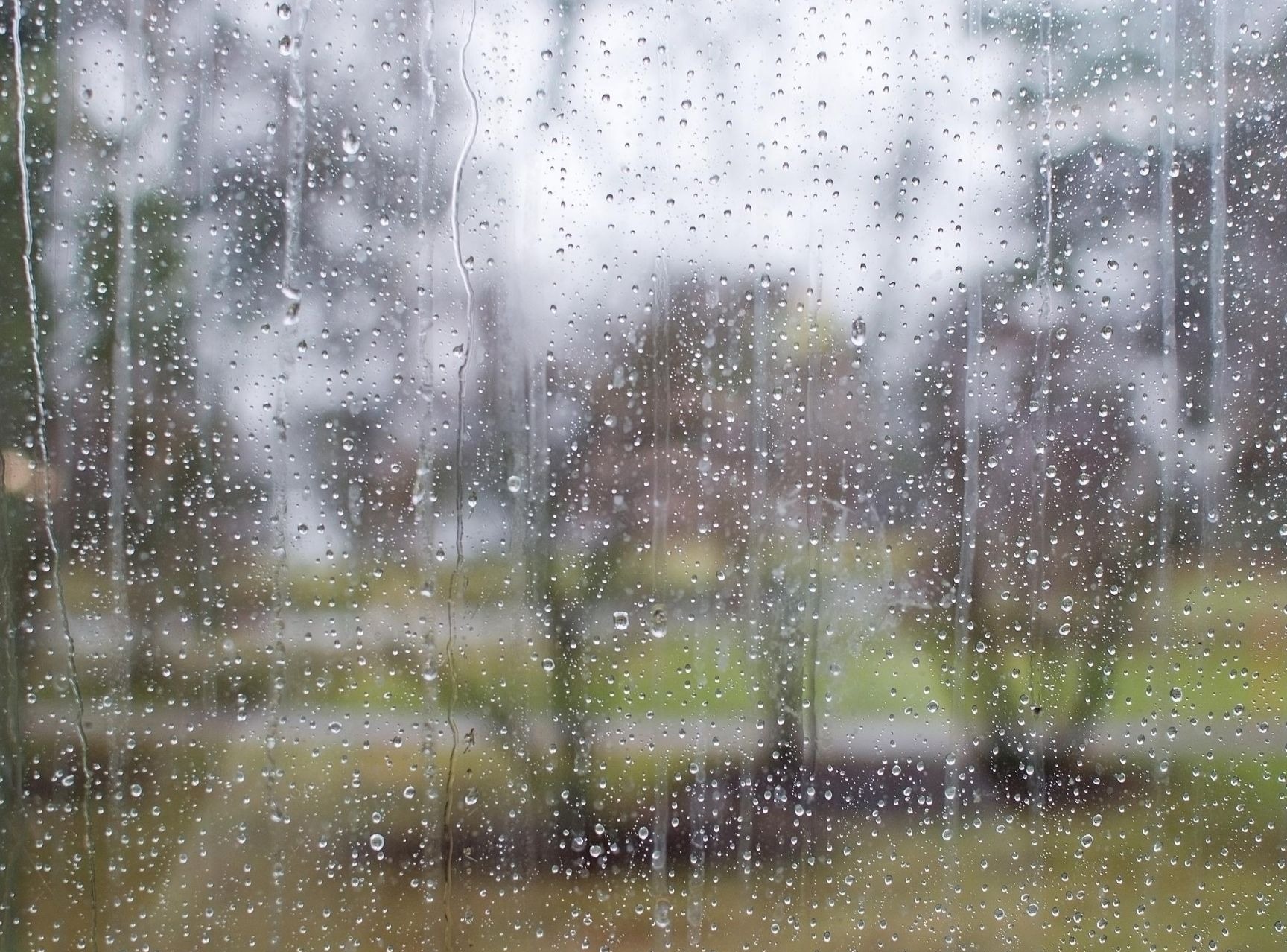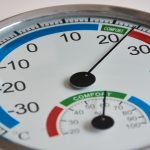Air conditioners are a common appliance in many homes, and they can make a big difference in your indoor comfort during hot and humid weather.
One feature that is often overlooked is the air conditioner fan mode, which can be a great addition to your cooling arsenal if used properly.
In this article, we’ll explain what air conditioner fan mode is, what its benefits are, and how to use it correctly.
Table of Contents
When to use fan mode in AC?
There are a few different circumstances that may call for the use of fan mode on an AC.
One common reason is to help circulate air throughout a room or home, which can be helpful if certain areas feel stuffy or stagnant.
Additionally, using fan mode can help distribute cool air more evenly throughout a space, which can be helpful if you have certain areas that are warmer than others.
Finally, fan mode can be a good option if you want to save energy by using your AC less frequently, but still want to maintain a comfortable level of air circulation in your home.
So, what is air conditioner fan mode?
Essentially, it is a setting on your air conditioner that turns on the fan without activating the cooling function.
This means that the fan will circulate air throughout your home without actually lowering the temperature.
Many air conditioners have this feature, but it’s often misunderstood or underutilized.
The benefits of air conditioner fan mode are numerous. First and foremost, it improves indoor air circulation.
When the fan is running, it helps distribute the cool air from your AC more evenly throughout your home, which can help reduce hot spots and improve overall comfort.
Additionally, it can help reduce humidity levels in your home, which can make the air feel cooler and more comfortable.
Another benefit of using air conditioner fan mode is energy efficiency. When you use the fan mode alone, you’re not using as much energy as you would if you were running the AC compressor.
This can help you save money on your energy bills, especially if you use fan mode instead of AC during milder weather or at night.
Using air conditioner fan mode properly is important if you want to reap these benefits.
 Here are a few tips to keep in mind:
Here are a few tips to keep in mind:
Set your thermostat correctly:
When using fan mode, you should set your thermostat to the temperature that you find comfortable. The fan will not change the temperature, so make sure it’s set to where you want it.
Choose the right fan speed:
Many air conditioners have multiple fan speeds to choose from. Use the lowest speed that still provides adequate air circulation to save energy.
Combine fan mode with other AC modes:
You can use fan mode in conjunction with other AC modes, such as “cool” or “dry”, to improve overall performance and comfort.
Maintain your air conditioner:
Regular maintenance, such as cleaning the air filter and coils, can improve the efficiency and effectiveness of your air conditioner fan mode.
Remember, air conditioner fan mode is not a substitute for other cooling modes. If it’s extremely hot and humid outside, you’ll likely need to use the AC compressor to lower the temperature in your home.
However, fan mode can be a great complement to other modes, and it can help you save energy and improve comfort.
Disadvantages of using the fan mode on your air conditioner.
Firstly, one of the biggest drawbacks of using fan mode is that it does not actually cool the room.
While it can help circulate air and distribute cool air more evenly throughout your home, it doesn’t actually lower the temperature.
This means that if it’s particularly hot outside or you’re trying to cool down a room quickly, using the fan mode alone may not be enough.
Secondly, running the fan mode for an extended period can increase humidity levels in your home.
This happens because the fan pulls moisture from the air and distributes it throughout the room.
If you live in a particularly humid area, using the fan mode alone may not be the best option, as it can make the air feel even more muggy and uncomfortable.
Another disadvantage of using fan mode is that it can be less energy efficient than using the AC compressor.*
While running the fan alone may use less energy than running the compressor, it can also take longer to achieve the desired level of comfort.
This means that you may end up using more energy overall to maintain a comfortable temperature in your home.
Additionally, using the fan mode on your air conditioner can sometimes cause a “drafty” feeling.
This happens because the fan moves air around the room more quickly than the AC compressor, which can create a more noticeable breeze.
While this may be desirable in some situations, it can also lead to discomfort, particularly if you’re sitting still for an extended period.
Finally, using the fan mode on your air conditioner can sometimes cause more noise than using the AC compressor.
This happens because the fan motor is usually located inside the indoor unit of your AC, and can produce a noticeable humming or buzzing sound.
While this may not be a significant drawback for everyone, it can be particularly bothersome if you’re trying to sleep or concentrate on a task.
So, to summarize, while using fan mode on your air conditioner can be helpful in certain situations, it also has several disadvantages.
These include its inability to actually lower the temperature, its potential to increase humidity levels, its potential to be less energy efficient than using the compressor, its tendency to create a “drafty” feeling, and its potential to produce more noise.
If you’re considering using fan mode on your air conditioner, it’s important to weigh these factors carefully and choose the option that will work best for your comfort needs and energy usage goals.
 In conclusion, When to use fan mode in AC?
In conclusion, When to use fan mode in AC?
Fan mode on an AC can be used when you want to circulate air or distribute cool air more evenly throughout your home, but it should not be relied on as the sole method of cooling a room, particularly in hot weather.
Air conditioner fan mode is a valuable feature that many people overlook.
By understanding what it is and how to use it properly, you can improve indoor air circulation, save energy, and improve overall comfort in your home.
So, the next time you’re feeling a bit warm, try turning on your air conditioner fan mode and see how it can make a difference!
FAQ
What is fan mode in AC?
Fan mode in AC is a setting that allows the air conditioner to circulate air without cooling it down.
It simply runs the fan to move air around the room, which can be helpful in distributing cool air more evenly throughout the space.
Fan mode is usually a separate setting from the cooling mode on your air conditioner.
What are the benefits of air conditioner fan mode?
The benefits of air conditioner fan mode include improved air circulation, reduced humidity, and energy efficiency.
When the fan is running, it helps distribute cool air from your AC more evenly throughout your home, which can reduce hot spots and improve overall comfort.
Additionally, it can help reduce humidity levels in your home, which can make the air feel cooler and more comfortable. Using fan mode alone can also save energy compared to using the AC compressor.
What is the best time to use air conditioner fan mode?
The best time to use air conditioner fan mode is when the temperature outside is mild or when you want to improve air circulation without actually cooling the room.
For example, if the temperature is in the 70s or low 80s and you want to circulate fresh air, you can use fan mode instead of running the AC compressor.
Fan mode can also be useful at night when the temperature drops, and you only need to circulate air to maintain a comfortable sleeping temperature.
How does AC fan mode compare to a ceiling fan?
While both AC fan mode and a ceiling fan can improve air circulation, they work differently.
A ceiling fan cools the room by creating a breeze that evaporates sweat from your skin, making you feel cooler. AC fan mode, on the other hand, circulates air without cooling it down.
A ceiling fan can be a more energy-efficient option for improving comfort in mild weather since it uses less energy than running an AC compressor.
Why does my air conditioner have a fan mode?
Air conditioners have a fan mode because it can improve indoor air circulation and reduce humidity levels without cooling the room.
It’s a useful feature for mild weather or times when you don’t need to lower the temperature but want to maintain comfortable air quality.
What other modes should I know about besides fan mode?
Besides fan mode, there are several other modes you should know about, including cool mode, dry mode, power saver mode, quick cool mode, and sleep mode.
Cool mode is the standard cooling mode that activates the AC compressor to lower the temperature. Dry mode reduces humidity levels without necessarily cooling the room.
Power saver mode adjusts the temperature and fan speed to save energy. Quick cool mode is a fast-cooling option that cools the room quickly.
Sleep mode gradually adjusts the temperature to create a comfortable sleeping environment.
Can I use fan mode and cool mode at the same time?
Yes, you can use fan mode and cool mode at the same time. This can be useful if you want to improve air circulation while also lowering the temperature.
Just remember to set your thermostat to your desired temperature.
How often should I use fan mode?
You can use fan mode as often as you like, depending on your comfort needs and the weather outside. It’s a useful feature for improving air circulation, reducing humidity levels, and saving energy.
Do all air conditioners have fan mode?
Not all air conditioners have fan mode, but most modern units do. If you’re not sure whether your AC has this feature, check your user manual or consult with an HVAC professional.
Can fan mode replace air conditioning?
Fan mode alone cannot replace air conditioning if you need to lower the temperature in your home significantly.
However, it can be a useful complement to other cooling modes and can help you save energy and improve indoor air quality.








